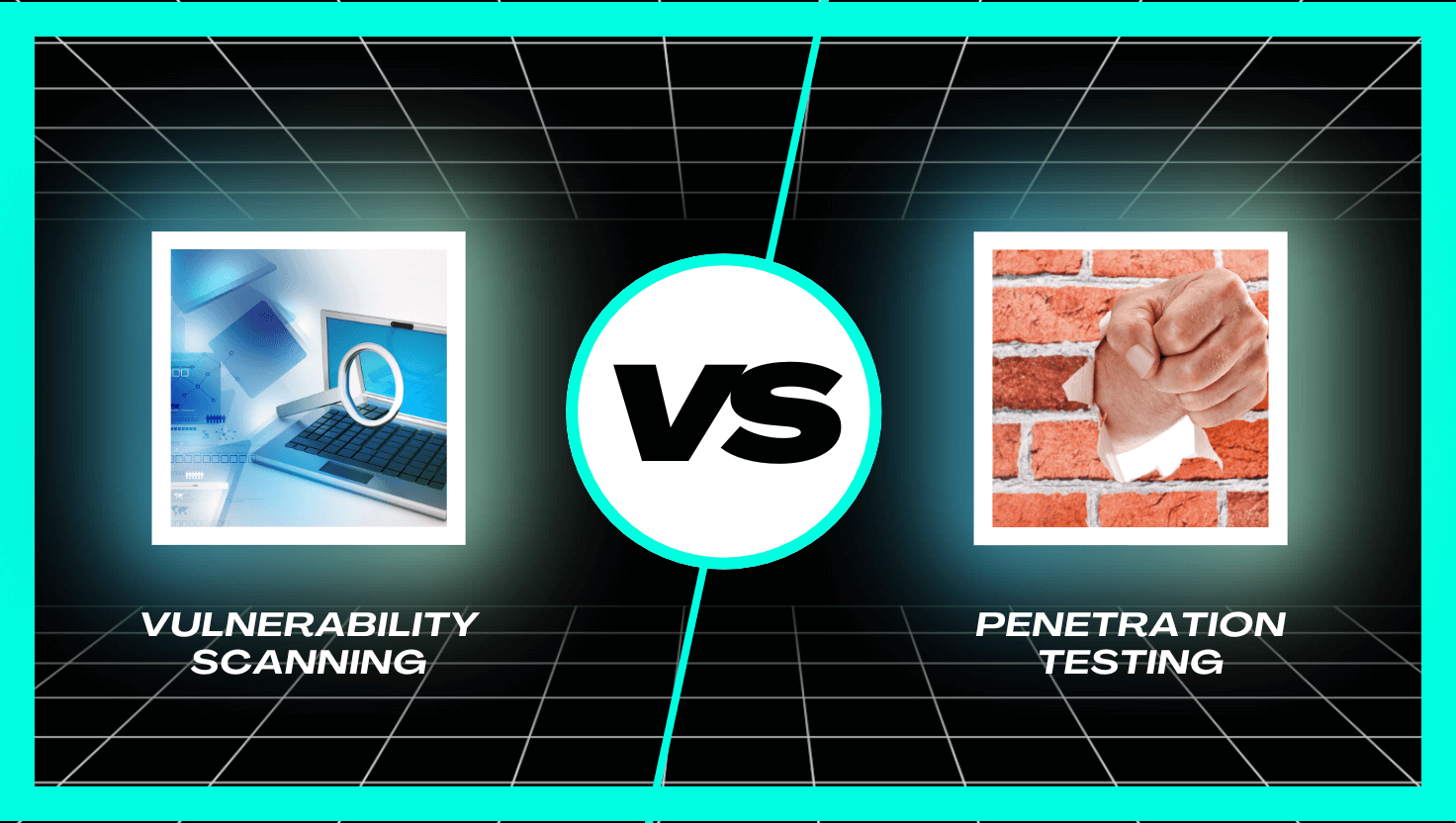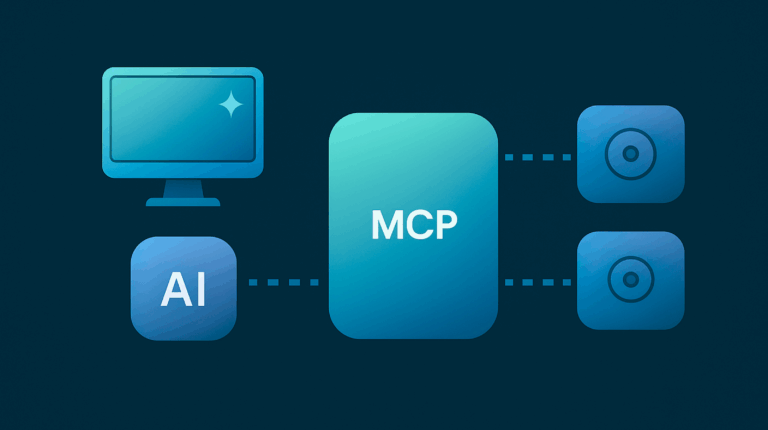How Payment Processors Can Simplify PCI Compliance for Their Merchants Without Compromising Security

Payment processors are expected to do more than move transactions. They are now in a position to guide merchants through increasingly complex security requirements. With PCI DSS version 4.0.1, that responsibility has grown.
One of the most impactful changes in version 4.0.1 affects even the smallest online merchants. Under the updated standard, merchants completing SAQ A, long considered the least technically involved, may now be required to conduct quarterly external vulnerability scans using an Approved Scanning Vendor (ASV).
At first glance, this might seem like a small procedural change. In reality, it shifts compliance responsibilities back onto the merchant, even when they rely on third-party payment providers. Payment processors have a real opportunity to make this easier.
New Requirement for SAQ A Merchants
PCI DSS version 4.0.1 added ASV scanning requirements to SAQ A for merchants that:
- Host a webpage that redirects customers to a PCI DSS compliant third-party payment service provider, or
- Embed a PCI DSS compliant payment form, such as an iframe, from a third-party provider
In these cases, the merchant’s hosted webpage is considered internet-facing and in-scope for quarterly ASV scanning, regardless of where the actual card data is processed. Other SAQs requiring scanning include A-EP, B-IP, C, and D.
This adjustment reflects a real-world security issue. Attackers increasingly target web environments used by merchants that appear to be low risk on paper but expose attack surfaces such as outdated scripts, insecure plugins, or misconfigured servers.
Initial Flexibility, Now Tighter Expectations
When version 4.0.1 was released, the PCI Council acknowledged that merchants and processors would need time to adapt. It is common in PCI transitions for acquiring banks and payment processors to apply leniency during the early phases of enforcement.
However, that window is closing. PCI DSS version 4.0.1 was published in March 2022, and as of March 2025, all organizations are expected to fully comply with the new requirements. That includes SAQ A merchants who may have never been subject to ASV scans in the past.
Payment processors should anticipate increased scrutiny in the coming quarters, not only from acquiring banks but also from card brands, regulators, and industry partners. Merchants who fail to meet their scanning obligations may risk fines, non-compliance penalties, or account reviews.
What Processors Can Do
To prevent merchants from falling behind, Payment processors can support merchant scanning and compliance in several effective ways:
1. Embed ASV Scanning into Your Merchant Platform
Allowing merchants to launch and manage ASV scans directly from your existing dashboard improves scan rates and reduces confusion. Merchants can:
- Run scans without leaving your portal
- Access results and remediation guidance
- Download Attestation of Scan Compliance documentation
- Stay ahead of compliance deadlines with reminders and scheduling tools
2. Offer a Simple Scan Upload or Attestation Workflow
For platforms that cannot support direct integration, a validation workflow gives merchants a second path:
- Upload scan results or compliance documents through a secure portal
- Verify completion dates and scan status
- Get automated follow-ups if scans are missing or expired
This approach offers flexibility while maintaining oversight.
3. Provide Access to Trusted ASV Partners
By referring merchants to a list of PCI qualified scanning vendors, processors make it easier to complete scans and reduce poor outcomes from unqualified or confusing solutions. Look for ASVs with:
- PCI SSC approved scanning engines
- Clear remediation support
- Clean, readable reporting
- Optional white-label or co-branded capabilities
Why It Matters
Processors have a vested interest in merchant compliance. When a merchant is breached, even if they use a third-party checkout, the brand damage can extend upstream.
A streamlined, standardized scanning process helps processors:
- Reduce risk exposure
- Prevent compliance gaps
- Strengthen merchant retention
- Minimize support tickets related to PCI confusion
- Demonstrate leadership in protecting the payments ecosystem
A Trusted Partner in Compliance
Clone Systems works with many payment processors and acquiring banks to deliver scalable PCI scanning solutions that can be white labeled and tailored to merchant needs. With API-based integration, manual validation options, and full reporting across portfolios, the Clone Systems team supports both technical teams and compliance leads in making PCI scanning frictionless and effective.
Whether your organization is looking to simplify compliance for SAQ A merchants or align internal processes to version 4.0.1 expectations, Clone Systems is equipped to help.
Final Thoughts
PCI DSS version 4.0.1 is no longer new, and the expectations for compliance are rising. The industry’s tolerance for unclear merchant accountability or unverified scanning will diminish as enforcement tightens.
Processors who act now to support their merchants by integrating ASV scans or offering structured validation paths will be in a stronger position to maintain trust, reduce risk, and grow securely.
If your team is preparing for full PCI version 4.0.1 adoption across your merchant base, now is the time to align on a scalable, clear, and compliant scanning strategy.







